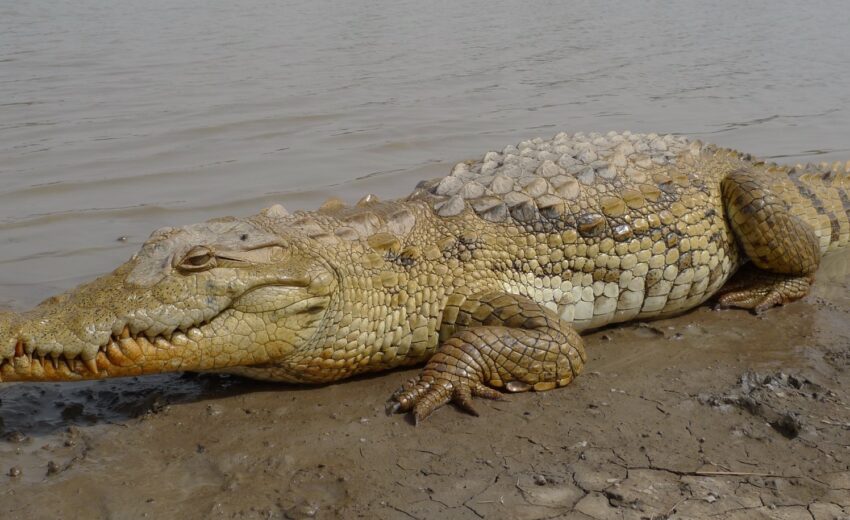The West African crocodile, aka desert crocodile or sacred crocodile, hails from West and Central Africa. These crocs tend to be smaller and less defensive than their Nile crocodile
- Zoology
- Daily Critter Facts
- For Teachers
- Study Guides
- Animal Diseases & Parasites
- Contact

